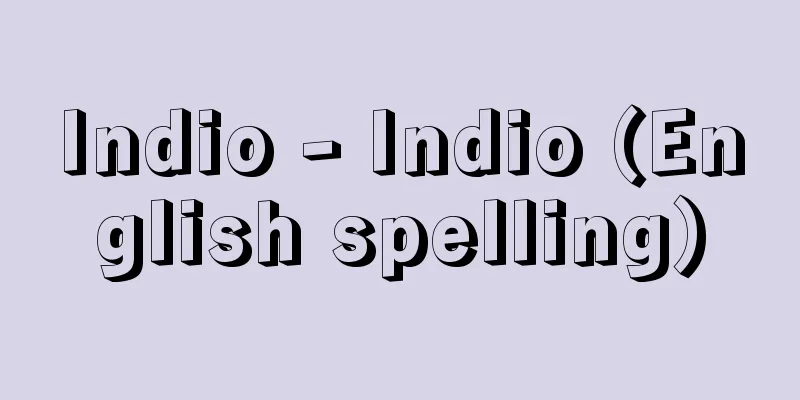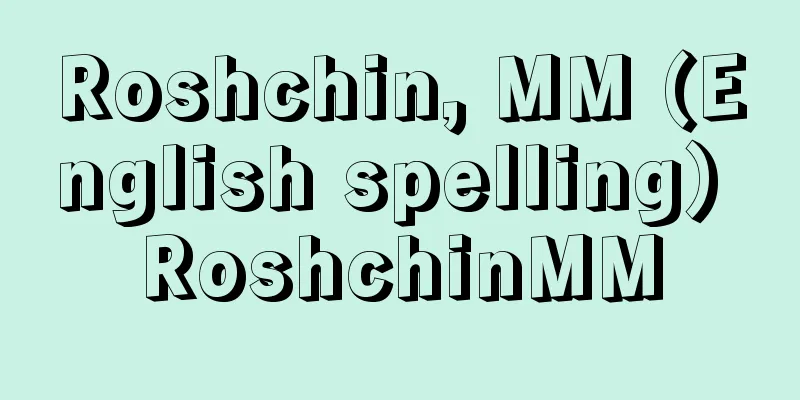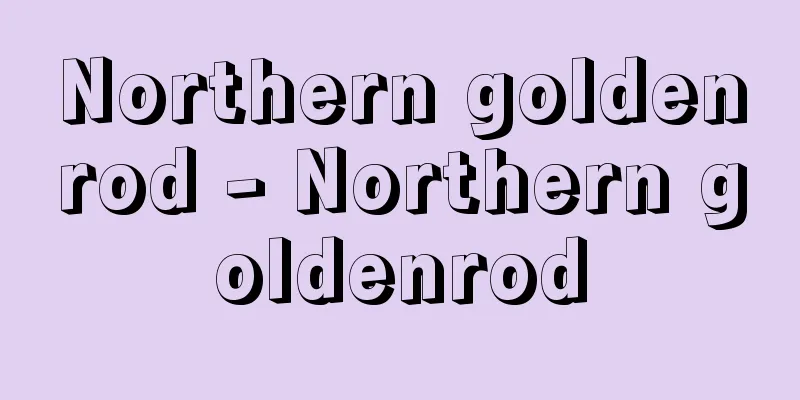Indio - Indio (English spelling)

|
A Spanish and Portuguese term referring to the indigenous people of the Americas. In English it is called Indian. To distinguish them from Indians, the terms Amerindio (Spanish) and American Indians are sometimes used. In Japan, the term Indian is often used to distinguish between the indigenous people of North America and the indigenous people of Central and South America. These terms were created when Columbus reached the Americas, mistaking it for the Indies (which at the time referred to all of East Asia). The indigenous people of the Americas came to be called indio, the inhabitants of the Indies. Inhabitants of the Americas who are the descendants of the Indians at the time of the conquest and who have not mixed with immigrants are called Indians today, but the distinction between mixed races, generally called mestizo (Spanish), ladino (Spanish) in Central America, and cholo (Spanish) or misti in the Andean region of South America, and Indians does not necessarily correspond to a racial classification based on whether they are biologically mixed. For example, in the Central Andes, even if they are not actually mixed, those who abandon their unique Indian lifestyle and move from their traditional habitat are no longer called Indians, but cholos or misti. Rather than whether they are actually mixed, the decisive criterion for distinguishing between Indians, cholos, and misti is whether they have assimilated into foreign cultures or not. The term indio often contains value judgments. It may be better than barbaro (Spanish) or salvaje (Spanish), which are sometimes used to refer to the indigenous people of the Amazon and mean savage, but indio often has a derogatory ring to it. It has the connotation of being culturally backward, and calling someone indio to their face can be very insulting. To avoid such value judgments, it has become common to call them campesino (Spanish) meaning they do not live in a city, or indígena (Spanish) or nativo (Spanish) meaning traditional residents. In places like Mexico, where the ethnic consciousness of indians is strong, indians may show their pride as indians, but in others they try to hide their indian identity, and the relationship between indians and the state and society remains a major problem. [Hideo Kimura] [References] | | |Source: Shogakukan Encyclopedia Nipponica About Encyclopedia Nipponica Information | Legend |
|
スペイン語、ポルトガル語でアメリカ大陸の先住民をさす名称。英語ではインディアンIndianである。インド人と区別するためアメリンディオAmerindio(スペイン語)、アメリカ・インディアンAmerican Indiansという名称を用いる場合もある。日本では、北アメリカ先住民をインディアン、中央・南アメリカ先住民をインディオと区別して使う場合が多い。これらの名称が生まれた原因は、コロンブスがアメリカ大陸に到達したとき、そこをインディアス(当時は東アジア全体をさした)と誤解したことにある。アメリカ大陸の先住民は、インディアスの住民=インディオとよばれることとなった。 征服当時のインディオの子孫であり、移住者と混血していないアメリカ大陸の住人を、現在ではインディオとよぶのだが、一般的にはメスティソmestizo(スペイン語)、中央アメリカではラディノladino(スペイン語)、南アメリカのアンデス地方ではチョロcholo(スペイン語)またはミスティmistiとよばれる混血と、インディオとの区別は、生物学的に混血しているかという人種区分とはかならずしも一致しない。たとえば中央アンデスでは、実際には混血していなくてもインディオ固有の生活様式を捨ててしまい、従来の居住地から移動した者はもはやインディオではなく、チョロやミスティとよばれるようになる。実際の混血の有無よりも、外来の文化に同化しているか否かという点のほうが、インディオとチョロ、ミスティを分ける決定的基準としてより重要である。 インディオという用語にはしばしば価値判断が含まれている。アマゾンの先住民に対してときどき使われ、野蛮人を意味するバルバロbarbaro(スペイン語)やサルバヘsalvaje(スペイン語)よりはよいかもしれないが、インディオにもしばしば侮蔑(ぶべつ)的な響きが付きまとう。文化の遅れている者という意味合いが込められているのであり、相手に面と向かってインディオとよぶことは非常な侮辱となる場合がある。このような価値判断を避けるために、都市に住んでないという意味でカンペシーノcampesino(スペイン語)、旧来の住人という意味でインディヘナindígena(スペイン語)またはナティーボnativo(スペイン語)とよぶことが多くなった。メキシコのようにインディオの民族意識の高まっている所では、インディオである誇りを前面に出す場合もあるが、自らがインディオであることを隠そうとする場合もあり、インディオと国家社会の関係は大きな問題であり続けている。 [木村秀雄] [参照項目] | | |出典 小学館 日本大百科全書(ニッポニカ)日本大百科全書(ニッポニカ)について 情報 | 凡例 |
Recommend
Nakatsu [city] - Nakatsu
A city in the northern part of Oita Prefecture. It...
Etchu Province - Etchu no Kuni
The old name of the province that covers the enti...
Pallas's sandgrouse
...To give water to their chicks, they soak their...
Large-scale tea ceremony - Ooyosechakai
A tea ceremony in which many guests are invited. A...
Kanji sound
Originally the Chinese phonetic forms of kanji, it...
Asuka Okamoto Palace
The Imperial Palace of Emperor Jomei and his Empre...
Marceau, Félicien
Born: September 16, 1913, Cortanvert [Died] March ...
Yap Ah Loy (English spelling)
1837‐85 A leader of overseas Chinese in Malay. Bor...
Sponde, J.de (English spelling) SpondeJde
…His roar, his shrill cry, heard in the silence o...
Local government officials - Zaichoukanjin
Also called Chokan or Zaicho. A local official wh...
Paulownia wooden clogs - Kirigeta
A regional brand of the Hokuriku, Koshinetsu regio...
Speech information processing
A technology that treats human voice as signal dat...
Chlamydospermae
…It is classified as a member of the Gnetum class...
Wedgwood [company] - Wedgwood
...Population: 254,000 (1995). Located on the sou...
Psephurus gladius
...It feeds on small crustaceans and other small ...









